Issue 005: Increasing Email Click-through Rate by 360%

October 16, 2024 | #005 | Free Version
✔️ How Zogics increased their email click-through rate by 360%
✔️ How custom portraits help chewy build customer loyalty
✔️ How stickers helped WindsorOne save $250,000 in ad costs
✔️ Why most buyer personas are useless
Not subscribed? Learn more and sign up.
How Zogics Increased Their Email Click-Through Rate by 360%
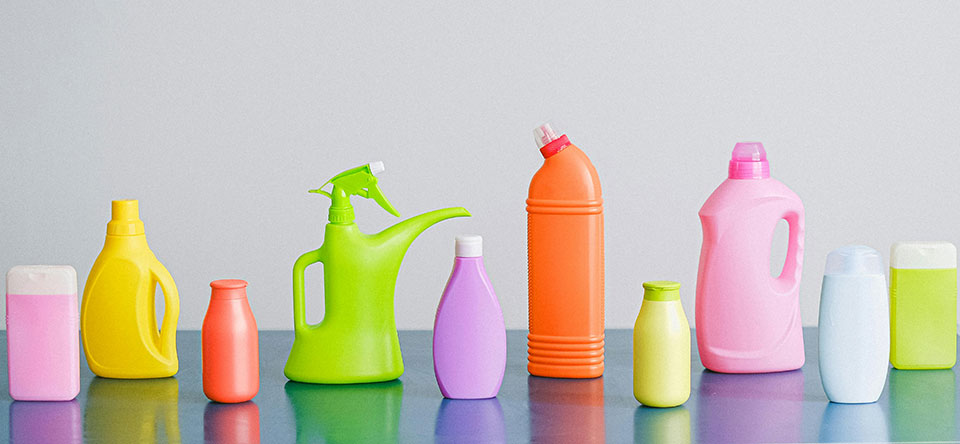
Zogics is a manufacturer of cleaning products. They have found a simple way to boost email engagement. After customers make a purchase from their website, they receive a standard confirmation email.
Several hours later, typically at the end of the day, customers receive a second, more personalized email. It looks like this:
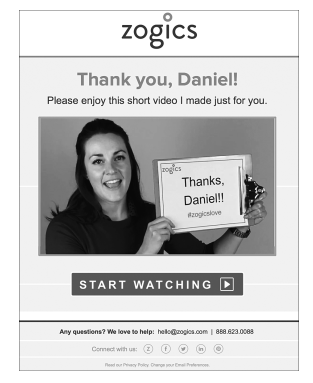
“Hi [Customer Name]! Laura from Zogics here . . .
I just wanted to take a minute to thank you for your order and let you know we’re here to help with anything that you may need.
We love to see our products in action, so please feel free to upload a photo or video to social media using the hashtag #zogicslove.
Thanks again for your wipe and dispenser order. We hope to hear from you soon!”
Source: Never Lose a Customer Again by Joey Coleman
How Custom Portraits Help Chewy Build Customer Loyalty
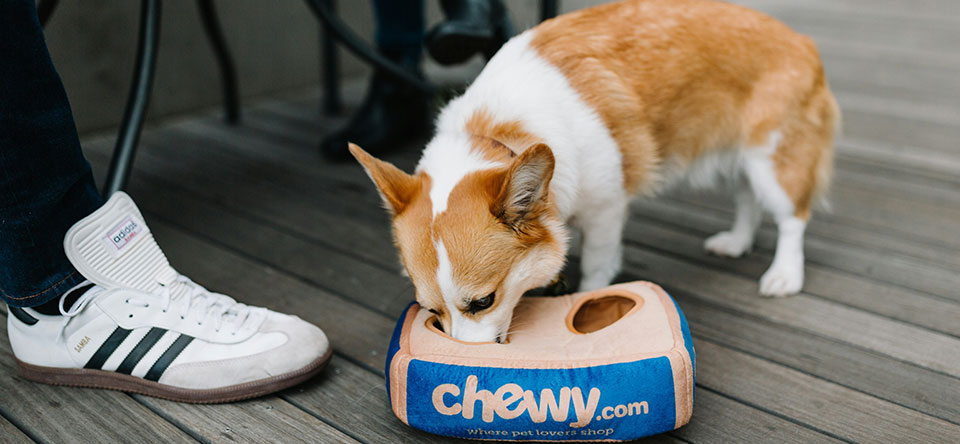
Chewy is an online retailer that sells pet food and other pet products. Their intense focus on customer loyalty has helped them become the leading pet food company in the USA.
In her book Creating Superfans, entrepreneur Brittany Hodack shares her personal experience with Chewy. This story shows why they became America’s favourite pet food brand so quickly.
Inside, there were toys and treats, along with a note from a Chewy employee named Allison. Allison mentioned how much she enjoyed watching a video Brittany had posted of her dogs pawing at a Chewy box.
Brittany became a loyal customer. A couple of years later, she received a hand-painted canvas portrait of her two dogs from Chewy. She proudly hung it on her wall. Every time someone visits her home, they ask about the painting. And every time, she shares the story of Chewy.
How Stickers Helped WindsorOne Save $250,000 in Advertising Costs

Word-of-mouth is one of the most affordable and effective marketing strategies. Cameron Scully shared a great example of it in an Indie Hacker post.
WindsorOne is a company that produces and sells wood boards. They were struggling after a market crash. They needed a low-cost way to build brand awareness.
When people called, Kurt would try to build relationships with them. He encouraged them to take small steps, like getting WindsorOne’s business card with the shirt.
Book of the Week: Data-Driven Personalization by Zontee Hou
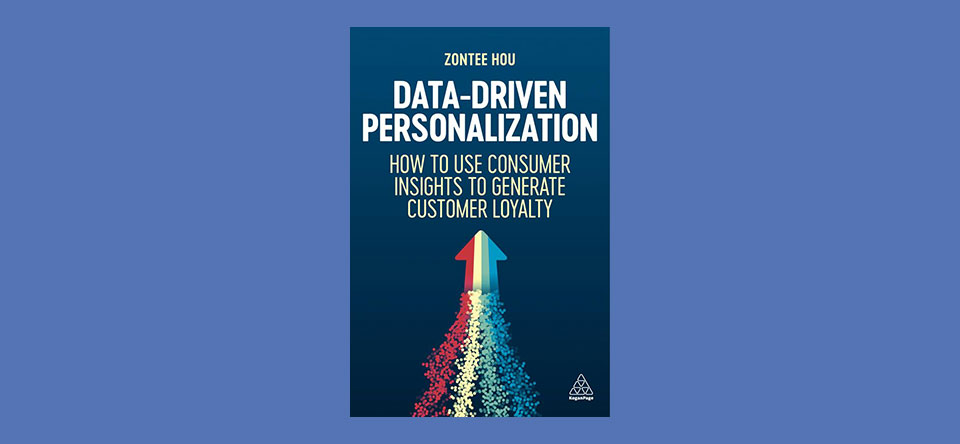
This week, I want to highlight Data-Driven Personalization: How to Use Consumer Insights to Generate Customer Loyalty by Zontee Hou.
In this book, Zontee Hou, managing director of Convince and Convert discusses how to make marketing resonate by personalizing every message, using data, research and behavioural economics.
One important point she addresses is a common mistake new business owners often make:
Interesting Articles We've Read This Week
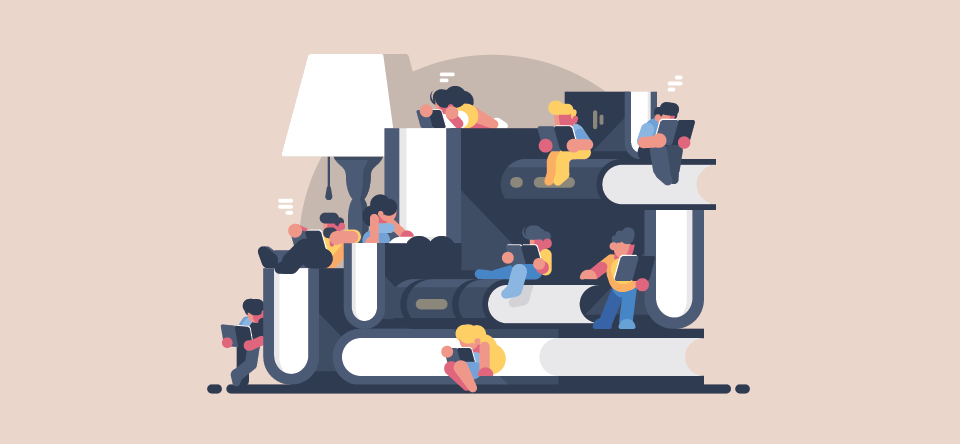
🤖 Why AI workflows are the next frontier of GTM
👩💼 I hired ChatGPT as my career coach, and it changed how I think about work—and myself
📉 Why it sucks to be selling software between $50K and $100K right now
📢 The how & whyyy of unhinged marketing
💡 How MSCHF turns irreverent ideas into a real business
Thanks for reading, until next week!
You are receiving this email because you subscribed to Startup Newsletter. You can Unsubscribe from here.